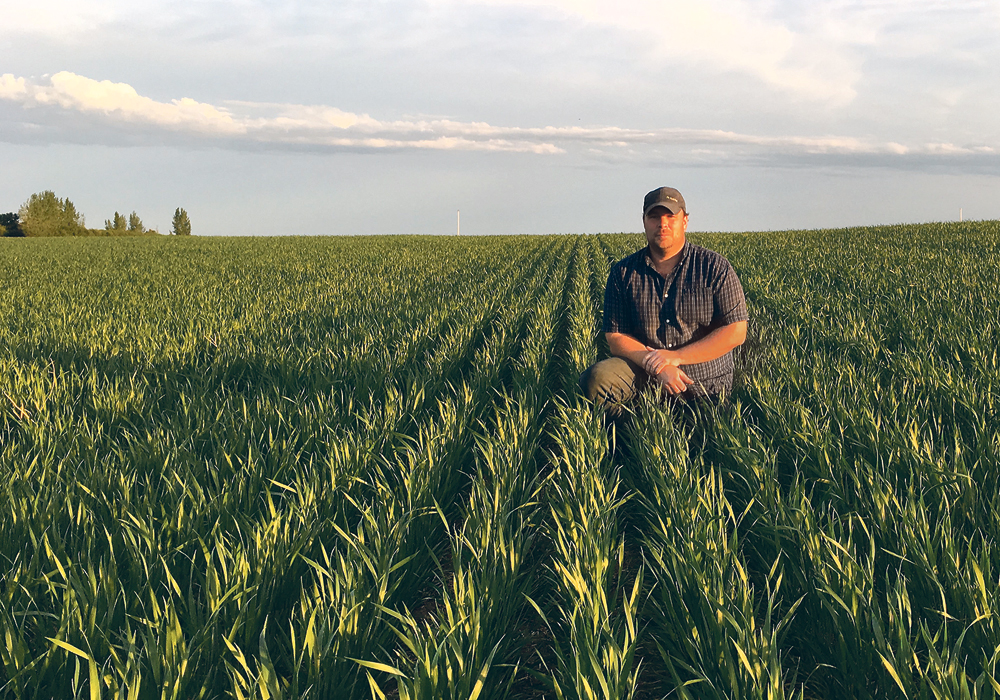Durum variety receives good reviews from seed grower, who says it stands up to the pest and produces high yields and protein levels
Skylar Anderson grew 40 acres of Stronghold durum in 2018. This year, he has 320 acres in seed production. This is the first year of full release for the new durum.
The SeCan grower says it was his top durum last year. Anderson says he’s been luckier than many producers this year, having received enough rain to get the crop up out of the ground and looking healthy in the last week of June.
“It’s looking really good today, but July’s coming, so we’ll see what happens,” says the Barrhead, Alta., grower.
Read Also

Growing garlic by the thousands in Manitoba
Grower holds a planting party day every fall as a crowd gathers to help put 28,000 plants, and sometimes more, into theground
“It’s the shortest durum we’ve grown. It threshed a lot nicer than we expected from a solid stem. It was our highest yielding and highest protein durum, just over 40 bushels and a little shy of 14 percent. It was our top durum performer on the farm last year. We also had Precision and Brigade.”
Conventional structural physics theory has always taught high school students that a tube like a hollow straw is stronger than a solid stick of the same outside diameter, the concept being that strength is found in surfaces and the hollow straw has two surfaces, an inner and an outer. But conventional physics don’t seem to apply to the solid-stem Stronghold.
“I wonder if it’s because the sawfly has a lot more material to chew through on a solid-stem variety,” Anderson said.

“If it’s hollow, he doesn’t have to chew much material to weaken the stem. We grew it next to Brigade. Brigade was going down from sawfly and the Stronghold was standing straight and narrow.”
The Anderson farm is only in its second year of seed production. Nonetheless, one of its first big capital purchases was a Buhler optical seed sorter. It runs everything through the sorter, which seems like a daunting task, especially in high volume cereal crops.
Anderson says it’s really not a hassle if you’ve designed a good system. He says when cleaning common seed for customers, they run 400 to 450 bu. per hour. When cleaning pedigree seed they run 300 to 350 bu. per hour. The system can run up to 600 bu. per hour.
Durum proved to need the tools because disease has been a recent plague on the crop, at least in damper years.
“We built it in the fall of 2016 when that big fusarium fiasco hit. We needed it to upgrade our entire durum crop. Half our crop was No. 3 and the other half was No. 5. We upgraded it all to No. 1. So that was a good move. It has the infrared cameras so we were able to pick up all the tombstone kernels. It did a very good job.”


















